- Write by:
-
Friday, May 6, 2022 - 13:05:35
-
420 Visit
-
Print
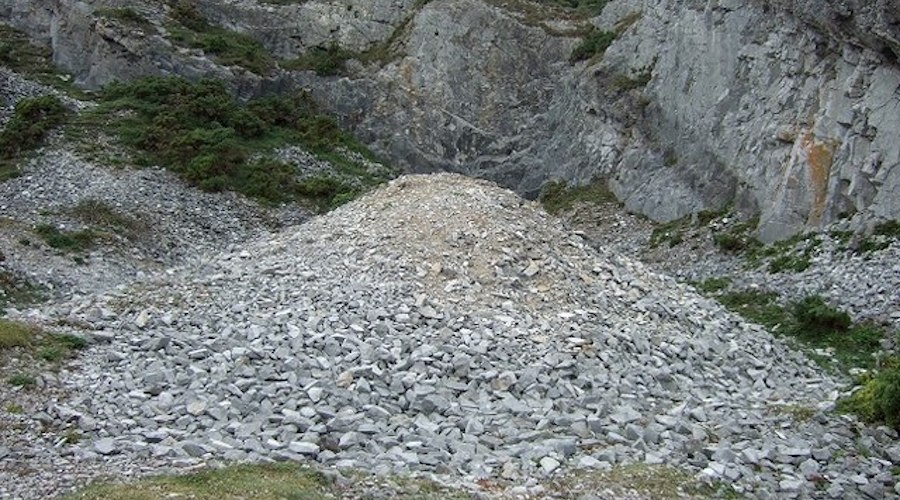
Mining News Pro - New research shows that it is possible to classify sedimentary rocks according to the size of the particles they contain during quarrying, using a portable Raman spectrometer.
In a recent paper published in The European Physical Journal Plus, lead researcher Iacopo Osticioli of Italy’s Istituto di Fisica Applicata N. Carrara, explained that the nature and potential uses of sedimentary rocks depend on the size of the particles or grains that they are composed of, and particle sizing is an important part of rock classification.
Limestone is among the sedimentary, calcareous rocks most widely used worldwide. It is made up of calcite and other minority minerals with variable grain dimensions. Each type produces a different quality of quicklime for specific industrial applications and it can be classified according to the sizes of the grains it is composed of, with each type having a different range of industrial uses.
Previous research has shown that the intensity of Raman spectral signals, and of the background, will depend on the particle or granule sizes of the sample tested. Knowing this, Osticioli and his colleagues set out to quantize this effect and to use the information to see whether it would be possible to classify rocks in situ, in a quarry, using a portable instrument.
They examined a set of rock samples that had been classified by experts, rock pellets and crystalline calcite powder with the portable spectrometer, and it showed that there was a clear correlation between Raman signal and particle size, and obtained a calibration curve.
“This demonstrates that this technique can provide trustworthy information about mineral fabric,” Osticioli said in a media statement.
The scientist also pointed out that the machine is portable and small enough to be used during quarrying. It also yields trustworthy results quickly.
Following these findings, Osticioli and his team now plan to refine the calibration curve to make size assessment, and therefore mineral particle-size correlation, more precise.
“And the technique can be extended to other minerals that are quarried for other industrial purposes,” the researcher said.
Short Link:
https://www.miningnews.ir/En/News/621391

Canada and its Five Eyes Alliance partners are working on put forward a response to tackle the price manipulation of ...
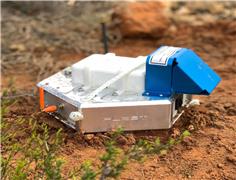
Australia-based Fleet Space Technologies, developer and operator of microsatellites, announced Monday that it has been ...
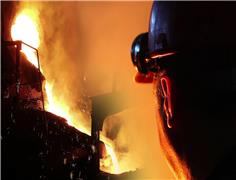
Base metals declined after the Federal Reserve pushed back on interest-rate cut expectations and as investors weighed ...

Mining News Pro - Australia expanded its list of critical minerals deemed crucial to its energy transition and national ...
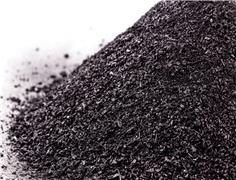
Mining News Pro - China exported small amounts of two minerals crucial to high-tech manufacturing in October, marking a ...
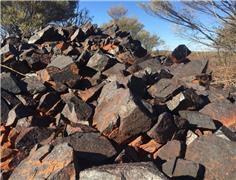
Mining News Pro - Townsville is set to become home to Australia’s first critical minerals processing centre, the ...

Mining News Pro - Mexico’s President Andrés Manuel López Obrador exhorted Vulcan Materials’ subsidiary, Calica, to ...
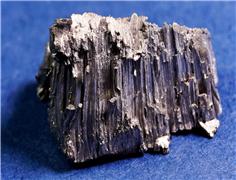
Mining News Pro - China’s exports of germanium and gallium products in August plunged, customs data showed on Wednesday, ...

Mining News Pro - The Pentagon plans to issue a first-time contract to US or Canadian companies by year-end to recover ...
No comments have been posted yet ...